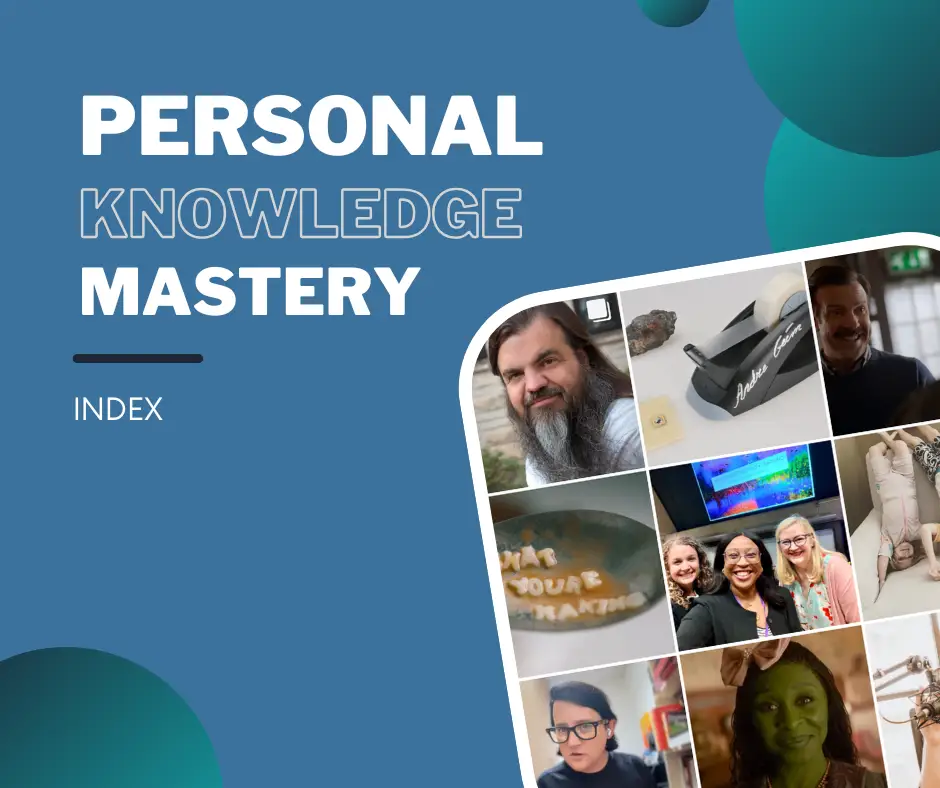Join HEPI for a webinar on Thursday 11 December 2025 from 10am to 11am to discuss how universities can strengthen the student voice in governance to mark the launch of our upcoming report, Rethinking the Student Voice. Sign up now to hear our speakers explore the key questions.
This blog was kindly authored by Dr Adam Matthews, Senior Research Fellow at the University of Birmingham.
Skills have dominated the policy and political discourse in recent years. In a recent HEPI blog, Professor Ronald Barnett observed how the education policy world has been dominated by the language of skills, whilst academic discourse has focused on education and knowledge. Professor Barnett argues that these two discourses are speaking past each other, disconnected and polarising.
In this blog I look at how skills have come to dominate policy, political and institutional discourse, present some speculations and provocations as to why this might be, and call for precision in language when it comes to knowledge and skills policy. Here, in both simple and more philosophical terms, we are looking at discursive binaries which are concerned with doing (skills) and knowing (knowledge) in higher education.
The 2025 Post-16 Education and Skills whitepaper is clear in its opening:
Skills are at the heart of our plan to deliver the defining mission of this government – growth.
The skills turn in policy and political discourse has, in many cases, sidelined or muted knowledge. This is not the case in academic literature. The Oxford Review of Education, recently published a special issue Knowledge crises and democratic deficit in education.
Where does this then leave many universities who are, and have been for centuries producers, co-producers and distributors of knowledge? Burton Clark summed up a universities’ core mission well in 1983:
If it could be said that a carpenter goes around with a hammer looking for nails to hit, then a professor goes around with a bundle of knowledge, general or specific, looking for ways to augment it or teach it to others. However broadly or narrowly we define it, knowledge is the material. Research and teaching are the main technologies.
This is despite many universities starting life in the 20th century as civic institutions with a focus on the training of professions. Immanuel Kant described these two sides as a Conflict of the Faculties in 1798. In The Conflict of the Faculties, Kant argues that universities contain a necessary tension between “higher” faculties that serve the state’s skills needs and train professionals, and the “lower” faculty of philosophy, which must remain autonomous to pursue knowledge through free inquiry.
The Post-16 Education and Skills Government white paper, uses the word ‘skills’ 438 times and ‘knowledge’ just 24 times. So, what has happened to knowledge in higher education? Professor Barnett thinks that there is something else going on other than the traditional liberal (education and knowledge) and vocational (skills) polarisation.
With all of this in mind, I was interested in how universities described their teaching practice in the 2023 TEF submissions (a corpus of 1,637,362 words and 127 qualitative provider submissions). The pattern of a focus on skills continued. Across the whole corpus, in total, ‘skills’ was used 4,785 times, and ‘knowledge’ 1284 times – that means that skills trumped knowledge by a ratio of 3.7.
I wondered if it made a difference about the type of institution. We might think large, research-intensive universities would be more interested in knowledge in educational terms or, be more balanced on knowledge and skills. So, I divided those numbers up by institution type using the handy, KEF classifications.
| Cluster | Skills (per thousand) | Knowledge (per thousand) | Ratio difference |
| All | 4785 (2.92) | 1284 (0.78) | 3.7 |
| ARTS (Specialist) | 648 (2.28) | 220 (0.77) | 2.9 |
| STEM (Specialist) | 384 (4.27) | 89 (0.99) | 4.31 |
| E (Large broad disciplines) | 1243 (2.94) | 350 (0.82) | 3.55 |
| J (Mid-size teaching focus) | 411 (2.74) | 109 (0.72) | 3.77 |
| V (Very large, research-intensive) | 745 (3.28) | 184 (0.81) | 4.05 |
| M (Smaller with teaching focus) | 672 (2.9) | 197 (0.85) | 3.41 |
| X (Large, research-intensive, broad discipline) | 682 (2.93) | 135 (0.58) | 5.05 |
As shown above, the pattern holds – skills are being written about more than knowledge. Institutions in the clusters X and V (large and very large, broad-discipline and research-intensive) show the widest disparity in the balance between knowledge and skills (with the balance in favour of skills). This is surprising as these are the institutions, one might think are more interested in knowledge production alongside and integrated with education.
Taking a slightly different line of inquiry, the shift does not appear to be drawn within political party lines. In 2022, Minister for Skills, Apprenticeships and Higher Education, Robert Halfon spoke at the Times Higher Education Conference as Minister for Skills, Apprenticeships and Higher Education (no ‘knowledge’ in his job title) and used the word ‘knowledge’ just once.
At the turn of the century, the political discourse was dominated by knowledge and a knowledge economy, and then Prime Minister, Tony Blair claimed in 2002 that this was the route to prosperity:
This new, knowledge-driven economy is a major change. I believe it is the equivalent of the machine-driven economy of the industrial revolution.
This was just as the internet became accessible to all and globalisation dominated, promising an opening up and democratising of knowledge. As we enter the AI revolution, why have skills become the dominant policy and political narrative? Skills-based or knowledge-rich curricula debate has been linked to the emergence of AI technologies.
Ideologically, knowledge and skills have produced dividing lines in education systems politically. Moreover, knowledge and skills are hotly contested in binary terms in schooling.
In 2016, the Conservative Party held that knowledge was the route to economic growth, arguing that higher education played a key part in achieving success as a knowledge economy. In the same year, the UK voted to leave the European Union, kicking off a decade of political instability, coinciding with political orders being disrupted globally.
During the liberal consensus of the Blair to Cameron era, governments in England aimed to keep taxes low and markets open, whilst expanding the nation’s knowledge capabilities through graduates and research. They had a broad faith in the benefits of growing knowledge and stimulating enterprise, rather than shaping the economy. They also expected communications technologies to empower citizens in a climate of open debate.
Now, as we enter 2026, the pendulum has swung firmly toward skills dominating policy and political discourse. Rather than swinging between the two polarising discourses, it is important to develop a practical coherence between skills and knowledge.
Professor Barnett calls for a rebalancing in debates, our language and our practice. Surely, it’s reasonable for educators, students, researchers, policy makers and politicians to expect higher education to consider doing (skills) and knowing (knowledge) as equals rather than sides to be taken. It can be argued that separating these two very human capabilities is not possible at all. However, Skills England have developed a new classifications for skills which could prove useful but needs careful integration with higher education curriculum, knowledge production and pedagogy.
The question of why the pendulum has swung towards skills at this current moment, I can only speculate and offer provocations to be picked up in the HEPI blog and beyond:
- The push towards a knowledge economy and 50% of young people attending university failed to result in economic growth (we might argue that the 2008 financial crash, Brexit, pandemic and many other things could have contributed too).
- Liberalism, globalisation and knowledge came together within the notion of a knowledge economy and society. A populist backlash to knowledge and liberal higher education has resulted in a shift towards skills.
- A genuine attempt to remedy a left behind 50% of the population who do not pursue a knowledge based academic degree.
- The internet did not deliver on social or economic positives and growth – as Peter Thiel famously said “We wanted flying cars, instead we got 140 characters”.
- Artificial intelligence is, or could disrupt knowledge and white collar work.
- Often, knowledge and skills are used as synonyms for each other leading, to confusion.
Knowing (knowledge) and doing (skills) should be at the heart of economic growth, social change and flourishing societies and not two binaries to be fought over. Precision in the language we use to make these cases needs to be sharpened and made clearer in order to avoid confusion and aid policy and practice.














